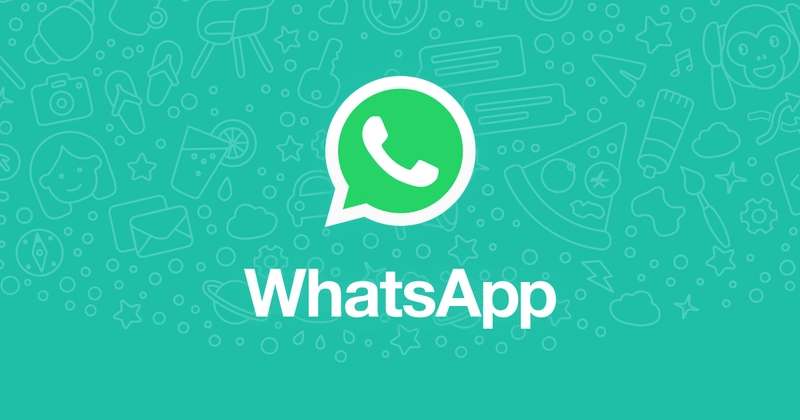 WhatsApp is one of the most widely used messaging apps, and integrating automation with a chatbot can significantly enhance business communications. In this tutorial, we’ll explore how to build a WhatsApp chatbot using Python and the Twilio API.
WhatsApp is one of the most widely used messaging apps, and integrating automation with a chatbot can significantly enhance business communications. In this tutorial, we’ll explore how to build a WhatsApp chatbot using Python and the Twilio API.
Why Build a WhatsApp Chatbot?
🔹 Automate customer support
🔹 Send notifications and reminders
🔹 Collect user feedback
🔹 Handle FAQs efficiently
Many users look for alternative WhatsApp versions, like GB WhatsApp, which provide additional customization features. While GB WhatsApp (GBWADown) is popular among users who want more control over their messaging experience, businesses and developers should rely on official APIs for chatbot automation.
Step 1: Set Up Twilio for WhatsApp
Create a Twilio account at Twilio Console.
Activate Twilio Sandbox for WhatsApp under the messaging section.
Link your phone number to the Twilio sandbox by sending the given code via WhatsApp.
Step 2: Install Dependencies
Make sure you have Python 3+ installed, then install Twilio’s SDK:
bash
Copy
Edit
pip install twilio flask
Step 3: Write the Chatbot Code
Create a new Python file (whatsapp_bot.py) and add the following code:
python
Copy
Edit
from flask import Flask, request
from twilio.twiml.messaging_response import MessagingResponse
app = Flask(name)
@app.route("/whatsapp", methods=['POST'])
def whatsapp_reply():
incoming_msg = request.values.get('Body', '').lower()
response = MessagingResponse()
reply = response.message()
if "hello" in incoming_msg:
reply.body("Hi there! How can I assist you today?")
elif "help" in incoming_msg:
reply.body("I can help with FAQs, support, and more. Just type your query!")
else:
reply.body("I'm not sure how to respond. Try 'hello' or 'help'.")
return str(response)
if name == "main":
app.run(debug=True)
Step 4: Run the Chatbot Locally
bash
Copy
Edit
python whatsapp_bot.py
Use ngrok to expose your local server:
bash
Copy
Edit
ngrok http 5000
Copy the ngrok URL and set it in Twilio as your Webhook URL for incoming messages.
Step 5: Test Your Chatbot
Now, send a WhatsApp message to your Twilio number, and your bot should respond automatically! 🚀
Conclusion
With Twilio API and Python, you can quickly build a WhatsApp chatbot to handle automated responses, customer queries, and more. This is just the beginning—you can expand it with database integration, AI-powered responses, or business automation.
While this tutorial focuses on the official WhatsApp API, some users prefer customized versions like GB WhatsApp for additional features. If you're curious about WhatsApp modifications, you can check out GB WhatsApp.
Let me know if you found this tutorial helpful! Happy coding! 😊




Top comments (1)
Great tutorial! Using Python and Twilio to build a WhatsApp chatbot is a game-changer for automating customer interactions. The step-by-step guide makes it easy to follow, even for beginners. While many users explore alternative versions like GB WhatsApp for extra customization, businesses should stick to the official API for security and reliability. If you're curious about WhatsApp modifications, you can check out GB WhatsApp here. Looking forward to more such insightful posts